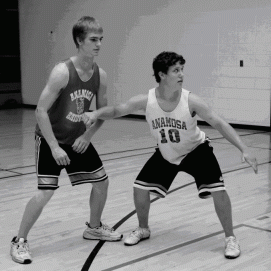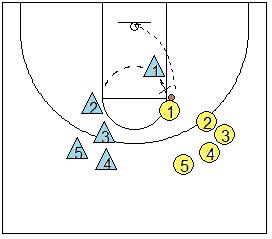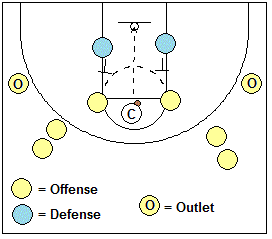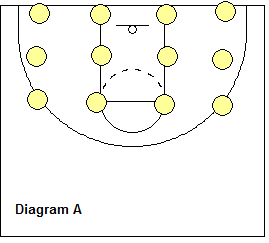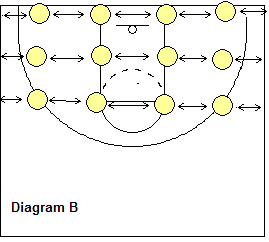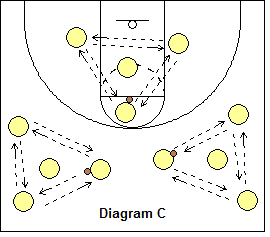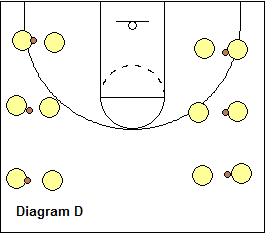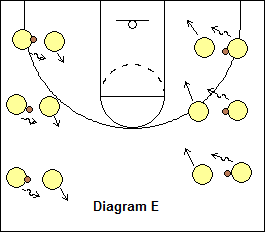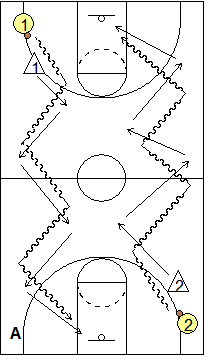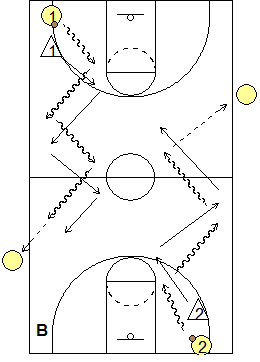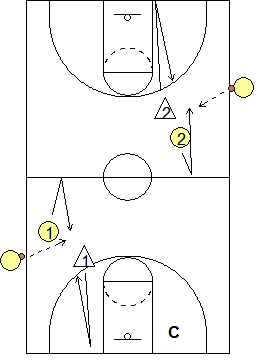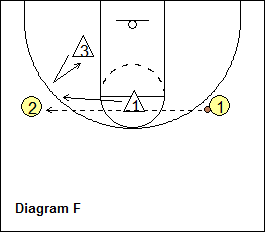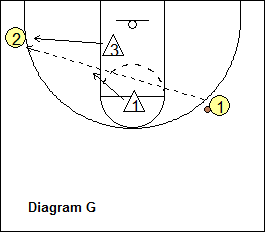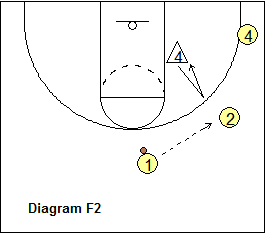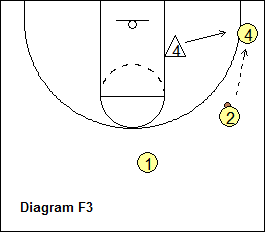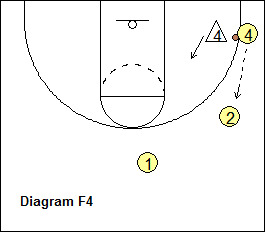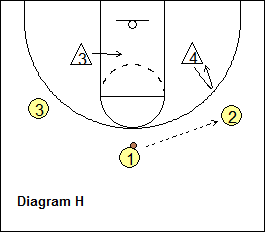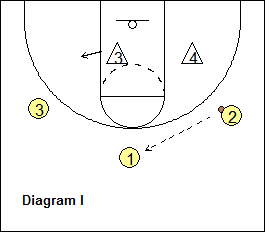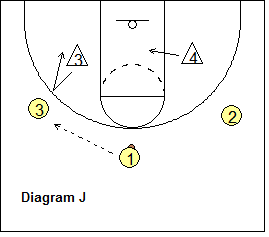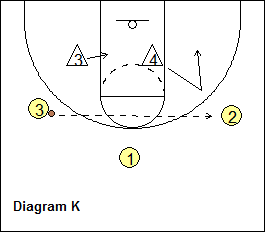Begin by resting on your forearms face down with your palms flat on the floor. Pushing off the floor, rise up onto your toes and rest on your elbows. Keep your back flat and in a straight line from head to heels.
2. Side Bridge
Lie on one forearm positioned under your shoulder with your feet stacked together. Contract your glutes and abs to push your hip off the floor, creating a straight line from ankle to shoulder and keeping your head in line with your spine.
3. Planks with Arm Lift
Begin in Push-Up position with your feet shoulder-width apart. Lift your left arm up and slightly to the left and hold for 1 or 2 seconds, then return to start position. Repeat with right arm.
4. Leg Lowers
Lie on your back with your legs extended straight up toward the ceiling. Keeping your heels together, place your hands behind your head. Lower your legs to six inches above the floor. Press your lower back into the floor as you curl your upper torso up off the floor.
5. Wall Crunches
Lie with the small of your back resting on a physioball and facing a wall. Place your feet hip-width apart on the wall with your knees bent 90 degrees and cross your hands over your chest. Perform regular ab crunches.
6. Bridge
Lie on your back with your hands by your sides, your knees bent and your feet flat on the floor under your knees. Raise your hips up and create a straight line from your knees to your shoulders. Squeeze your core, keeping your abs pulled in.
7. Superman Planks
Lying facedown, extend your arms over your head with your thumbs pointed up. Lift your right and left legs simultaneously, as high as you can.
8. Oblique Crunch
Lying on your back, bend your knees and swing your legs to the left until your knees rest near the floor. Place your fingertips on the sides of your head just behind your ears. Crunch up. Lower back down and repeat for specified reps. Reposition your legs to the right and repeat set.
9. Lying Wind Screen Wipers
Lying on your back with your arms out to the sides, lift your legs straight up in the air until your hips are at 90 degrees. Keeping your legs straight and maintaining the hip angle, rotate your legs to one side. Go as far as you can while keeping your upper back and shoulders on the floor. Stop. Pull your legs back to start position and perform to other side.
10. Side Lying Hip Abduction
Lying on your side, keep both knees bent and flex your hips to a 30-degree angle. Keeping your heels touching and your pelvis still, open your knees. Close and repeat on other side.
When training core muscles, it's important to maintain good form. Take the time to learn proper form for each exercise, including body position, pace of movement, and controlling your breath. Good form and body control will lead to faster gains in core strength and will help prevent unwanted injury.




